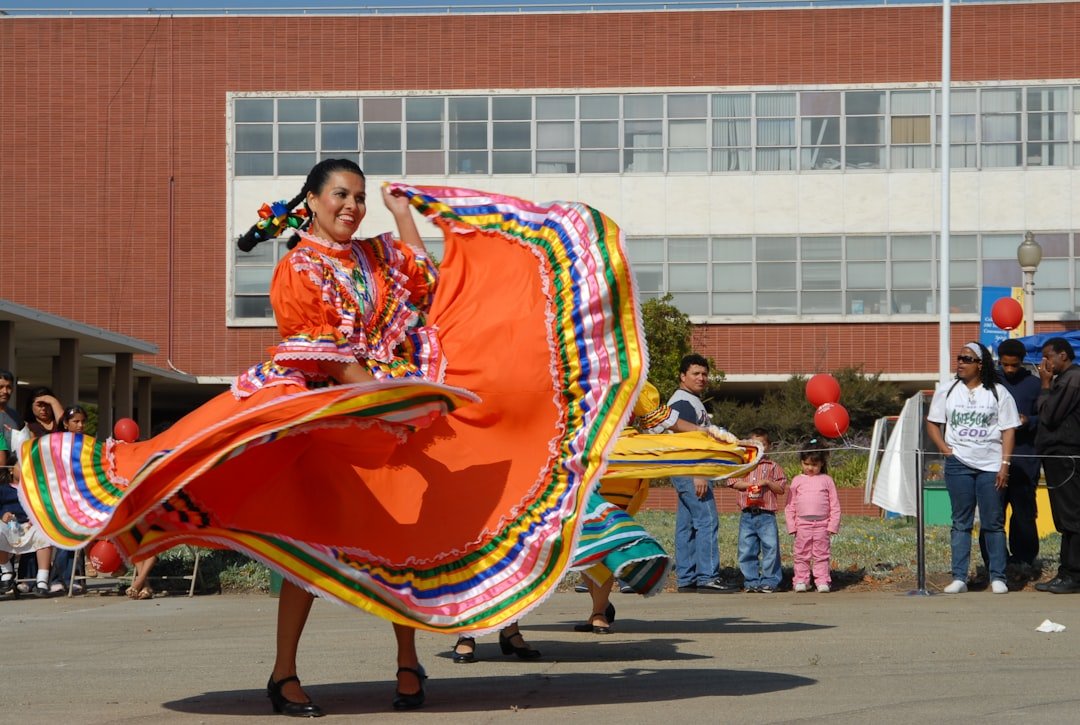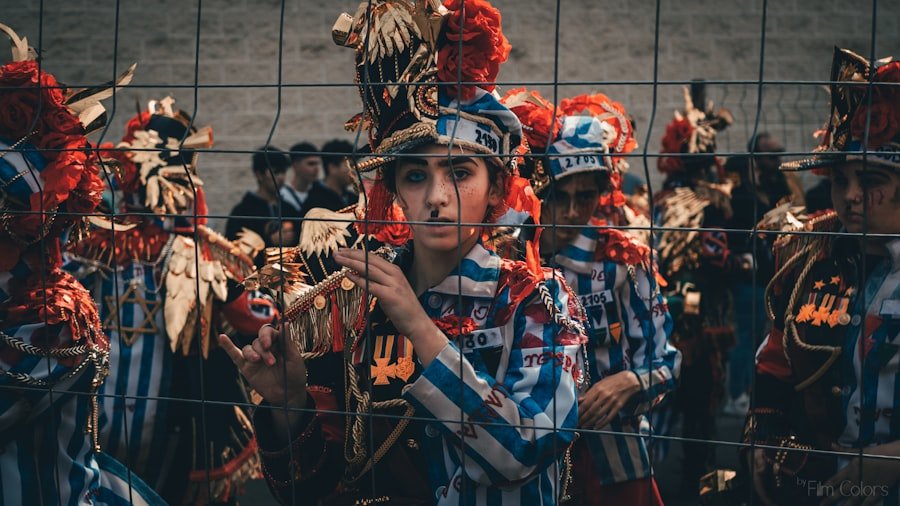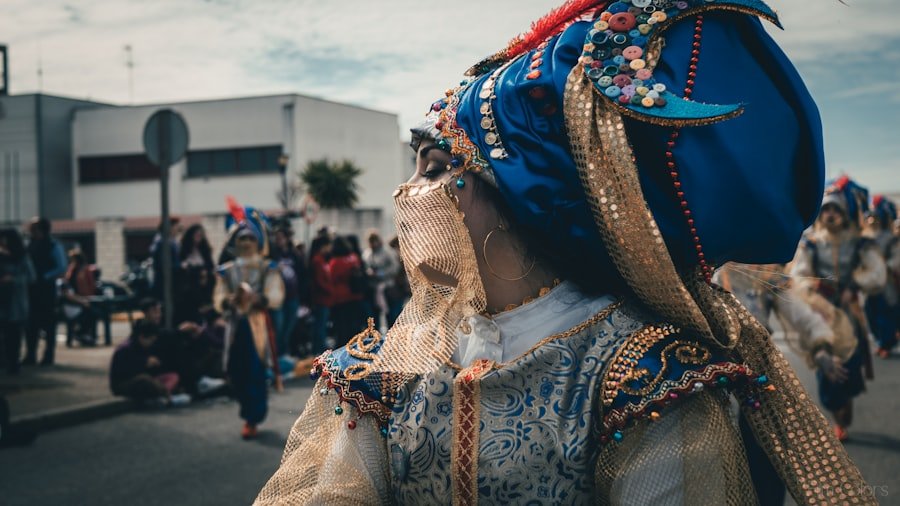Now Reading: Leveling Up: Games Embrace Regional Cultures
-
01
Leveling Up: Games Embrace Regional Cultures
Leveling Up: Games Embrace Regional Cultures

As I delve into the world of video games, I find myself increasingly fascinated by the rich tapestry of regional cultural influences that shape the gaming landscape. Video games are not merely a form of entertainment; they serve as a reflection of the societies from which they originate. Each game carries with it the nuances of its cultural background, offering players a glimpse into the traditions, values, and beliefs of different communities.
This cultural infusion not only enhances the gaming experience but also fosters a deeper understanding and appreciation of diverse cultures among players worldwide. The significance of regional cultural influence in games cannot be overstated. It is through these influences that developers can create immersive worlds that resonate with players on a personal level.
From the folklore that inspires character designs to the music that sets the tone for gameplay, every element is carefully crafted to evoke a sense of place and identity. As I explore this topic, I am eager to uncover how localization, traditions, music, and even cuisine play pivotal roles in shaping the gaming experience, ultimately enriching our understanding of the world around us.
Key Takeaways
- Regional cultural influence in games adds depth and authenticity to gaming experiences.
- Localization in video games has become increasingly important for reaching global audiences.
- Games incorporate regional traditions and folklore to create immersive and engaging worlds.
- Regional music and art play a significant role in shaping the aesthetic and atmosphere of games.
- Cultural diversity in game characters and storylines enriches the gaming landscape and promotes inclusivity.
The Rise of Localization in Video Games
In recent years, I have witnessed a remarkable shift in the approach to localization within the gaming industry. Localization has evolved from a mere translation of text to a comprehensive adaptation that considers cultural nuances, idiomatic expressions, and regional preferences. This transformation is crucial, as it allows games to resonate with players across different cultures, making them feel more relatable and engaging.
I have come to appreciate how localization teams work tirelessly to ensure that humor, references, and even gameplay mechanics align with the expectations of diverse audiences. The rise of localization has also opened doors for indie developers and smaller studios to reach global markets. As I explore various titles from around the world, I am often struck by how these games reflect their cultural origins while still appealing to a broader audience.
The success of localized games demonstrates that players are eager for authentic experiences that celebrate regional identities. This trend not only enriches the gaming landscape but also encourages developers to embrace their cultural heritage, leading to a more diverse array of stories and gameplay experiences.
How Games Incorporate Regional Traditions and Folklore

As I immerse myself in different games, I often find myself captivated by how they weave regional traditions and folklore into their narratives. These elements serve as a bridge between the player and the culture being represented, allowing for a deeper connection to the story. For instance, games like “Okami” draw heavily from Japanese mythology, incorporating deities and folklore into their gameplay mechanics and visual style.
This not only educates players about these traditions but also invites them to engage with them in a meaningful way. Moreover, I have noticed that many developers take great care in researching and accurately representing these cultural elements. By collaborating with cultural consultants or individuals from the communities they are portraying, they ensure that their depictions are respectful and authentic.
This commitment to accuracy enriches the gaming experience and fosters a sense of pride among players who see their culture represented in a positive light. As I reflect on these practices, I am reminded of the power of storytelling in games and how it can serve as a vehicle for cultural preservation.
The Impact of Regional Music and Art in Game Design
Music and art are integral components of any video game, and I have come to appreciate how regional influences shape these aspects in profound ways. The soundtracks of games often draw from traditional music styles, creating an auditory experience that transports players to different cultures. For example, the use of traditional instruments in games like “The Legend of Zelda: Breath of the Wild” not only enhances the atmosphere but also pays homage to the cultural roots that inspired its creation.
As I listen to these soundscapes, I find myself immersed in the world, feeling as though I am part of something larger than myself. Art design is another area where regional influences shine through. The visual aesthetics of a game can reflect cultural motifs, architectural styles, and artistic traditions unique to a particular region.
When I play games like “Gris,” which features stunning watercolor visuals inspired by Spanish art, I am struck by how effectively art can convey emotion and narrative without relying solely on dialogue. This synergy between music and art creates a holistic experience that resonates deeply with players, allowing them to connect with cultures they may not have encountered otherwise.
Cultural Diversity in Game Characters and Storylines
As I navigate through various gaming narratives, I am increasingly aware of the importance of cultural diversity in character design and storylines. The representation of diverse characters not only enriches the narrative but also allows players from different backgrounds to see themselves reflected in the stories they engage with. Games like “Overwatch” have made significant strides in showcasing characters from various cultures, each with their own unique backstories and motivations.
This diversity fosters inclusivity and encourages players to embrace differences rather than shy away from them. Moreover, I have noticed that culturally diverse storylines often lead to more complex narratives that challenge stereotypes and promote understanding. When developers take the time to craft characters with depth and authenticity, they create opportunities for players to engage with themes such as identity, belonging, and resilience.
As I reflect on my own experiences with these narratives, I am reminded of how powerful storytelling can be in bridging cultural divides and fostering empathy among players.
The Role of Language and Dialect in Game Dialogue

Language plays a crucial role in shaping the gaming experience, and I have come to appreciate how dialects and linguistic nuances can enhance immersion. When games incorporate regional dialects or colloquialisms into their dialogue, they create a sense of authenticity that resonates with players familiar with those linguistic traits. For instance, games set in specific locales often feature characters who speak in ways that reflect their cultural backgrounds, adding depth to their personalities and making them feel more relatable.
Additionally, I have observed that language can serve as a tool for storytelling within games. The choice of words, phrases, and even accents can convey character traits or emotional states effectively. In titles like “Life is Strange,” where dialogue choices impact relationships and outcomes, the subtleties of language become even more significant.
As I engage with these narratives, I find myself reflecting on how language shapes our understanding of culture and identity, further enriching my gaming experience.
Celebrating Festivals and Holidays in Video Games
Festivals and holidays are integral aspects of many cultures, and I have noticed how video games often incorporate these celebrations into their narratives or gameplay mechanics. By doing so, developers provide players with an opportunity to experience cultural traditions firsthand. For example, games like “Animal Crossing” feature seasonal events that mirror real-world holidays, allowing players to participate in festivities that celebrate community and togetherness.
These representations not only educate players about different cultures but also foster a sense of connection among gamers worldwide. As I participate in these virtual celebrations, I feel a sense of camaraderie with others who share similar experiences or who are curious about different traditions. This shared joy highlights the universal themes of celebration and togetherness that transcend cultural boundaries, reminding me of our shared humanity.
Regional Cuisine and Food in Gaming
Food is an essential aspect of culture, and I have found it fascinating how video games often incorporate regional cuisine into their worlds. From cooking mechanics to food-themed quests, games like “The Legend of Zelda: Breath of the Wild” allow players to explore culinary traditions while engaging with gameplay. The inclusion of regional dishes not only adds depth to the game world but also invites players to learn about different cultures through their culinary practices.
Moreover, food can serve as a narrative device that enhances character development or relationships within a game. In titles like “Final Fantasy XV,” where cooking plays a significant role in bonding between characters, meals become symbols of friendship and shared experiences. As I engage with these narratives, I am reminded of how food transcends cultural boundaries and serves as a universal language that brings people together.
Exploring Landscapes and Architecture in Regional Games
The landscapes and architecture depicted in video games often reflect the cultural heritage of their settings. As I traverse through beautifully rendered environments in games like “Ghost of Tsushima,” I am struck by how accurately they capture the essence of their real-world counterparts. The attention to detail in recreating landscapes—from lush forests to bustling cities—immerses me in a world that feels both familiar and foreign.
These environments not only serve as backdrops for gameplay but also tell stories about the cultures they represent. The architectural styles found within these games often reflect historical influences or regional aesthetics that contribute to the overall narrative. As I explore these virtual worlds, I gain insights into different cultures’ histories and values through their landscapes and structures.
Addressing Cultural Sensitivities and Representation in Games
As gaming continues to evolve as a medium for storytelling, it is essential for developers to address cultural sensitivities and representation thoughtfully. In my exploration of various titles, I have seen both successes and missteps when it comes to portraying cultures authentically. It is crucial for developers to engage with cultural consultants or individuals from the communities they represent to ensure respectful depictions that avoid stereotypes or harmful tropes.
Moreover, as players become more vocal about representation issues within gaming, there is an increasing demand for diverse voices in game development. This shift encourages studios to prioritize inclusivity not only in character design but also in storytelling approaches. As I reflect on this progress, I am hopeful for a future where games celebrate cultural diversity while fostering understanding among players from all walks of life.
The Future of Regional Cultural Influence in Gaming
Looking ahead, I am excited about the potential for regional cultural influence to shape the future of gaming even further. As technology advances and global connectivity increases, developers will have more opportunities to explore diverse narratives and incorporate authentic cultural elements into their games. This evolution will likely lead to richer storytelling experiences that resonate with players on multiple levels.
Furthermore, as more voices from underrepresented communities enter the gaming industry, we can expect an even broader range of perspectives reflected in future titles. This shift will not only enhance the diversity of stories told but also foster greater empathy among players as they engage with experiences outside their own cultural contexts. As I anticipate this future landscape, I am reminded of the power of video games as a medium for connection—one that transcends borders and celebrates our shared humanity through the lens of culture.
In a recent article on how gaming PCs work, the technical aspects of creating immersive gaming experiences were explored in depth. This piece delves into the intricate details of hardware and software that contribute to the overall gaming experience, shedding light on the complexity behind the scenes. Just as games are capturing regional cultures better than ever, understanding the technical components of gaming PCs can provide insight into how developers are able to create such rich and diverse gaming worlds.



























